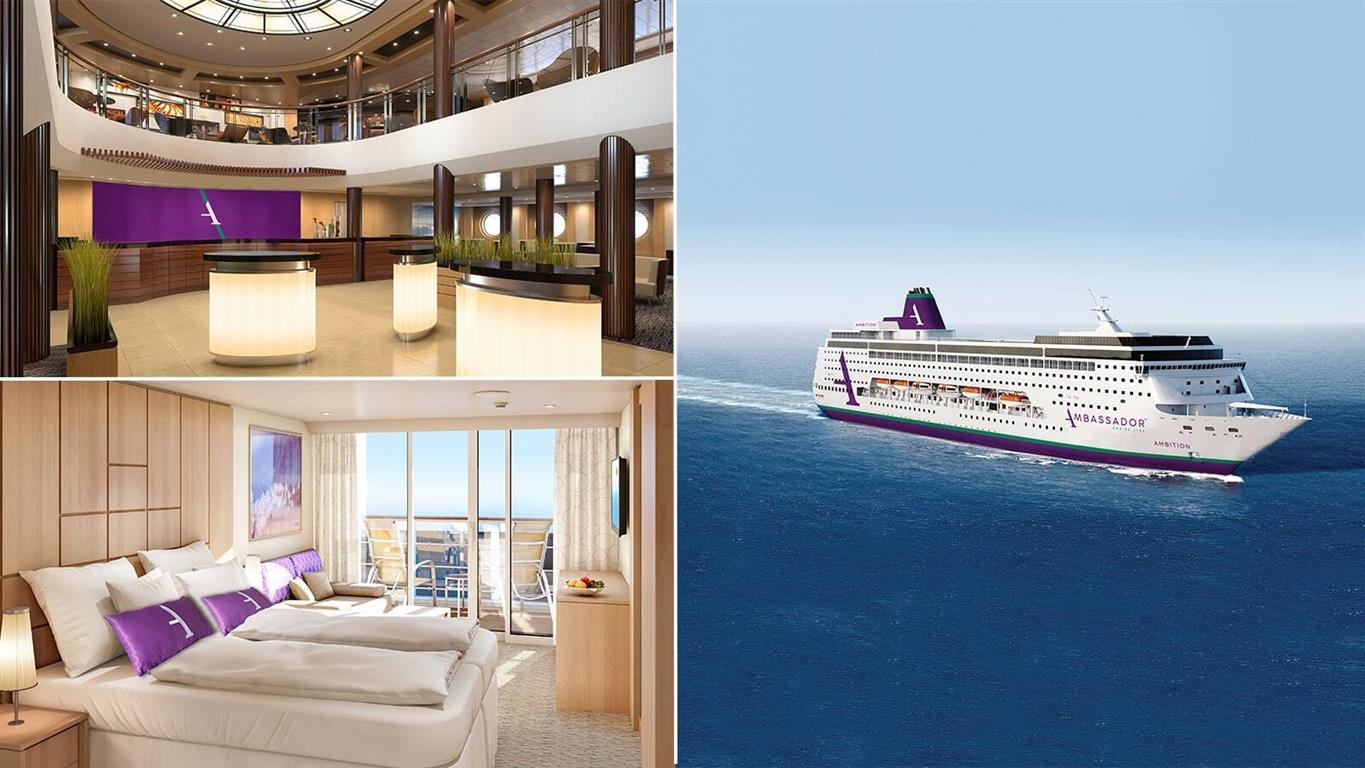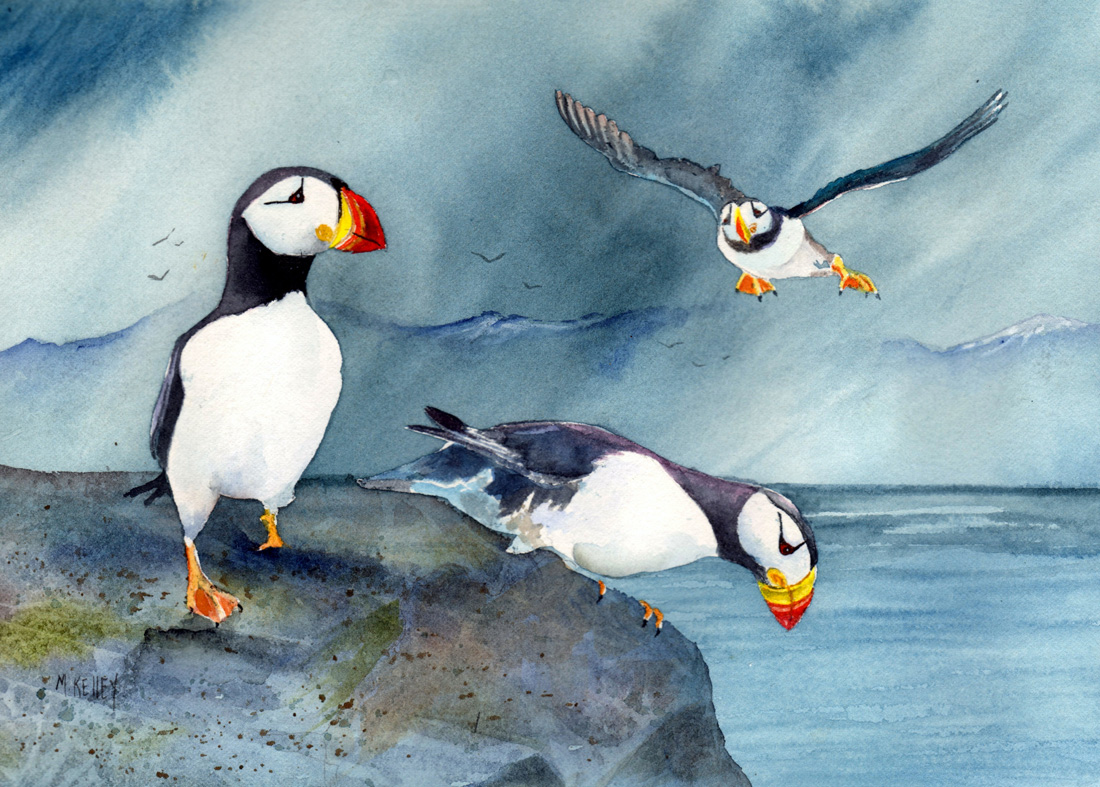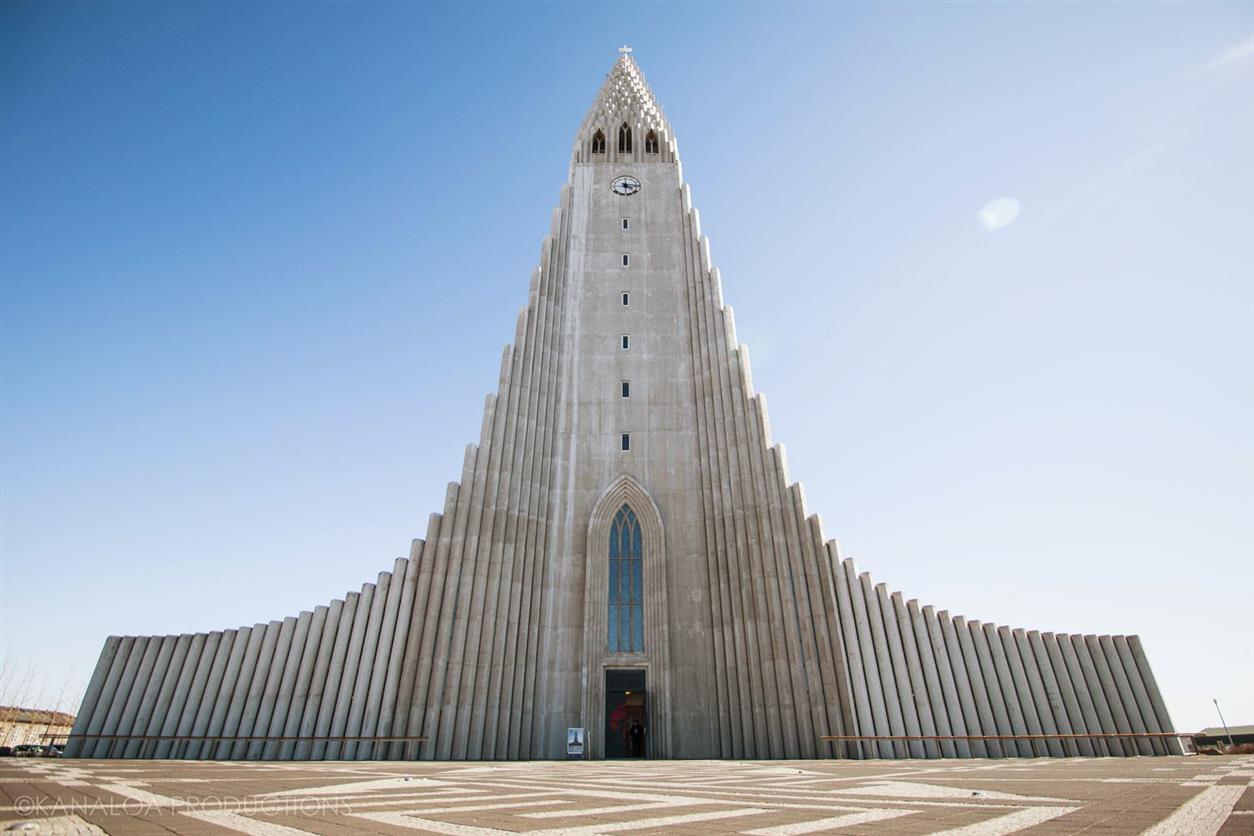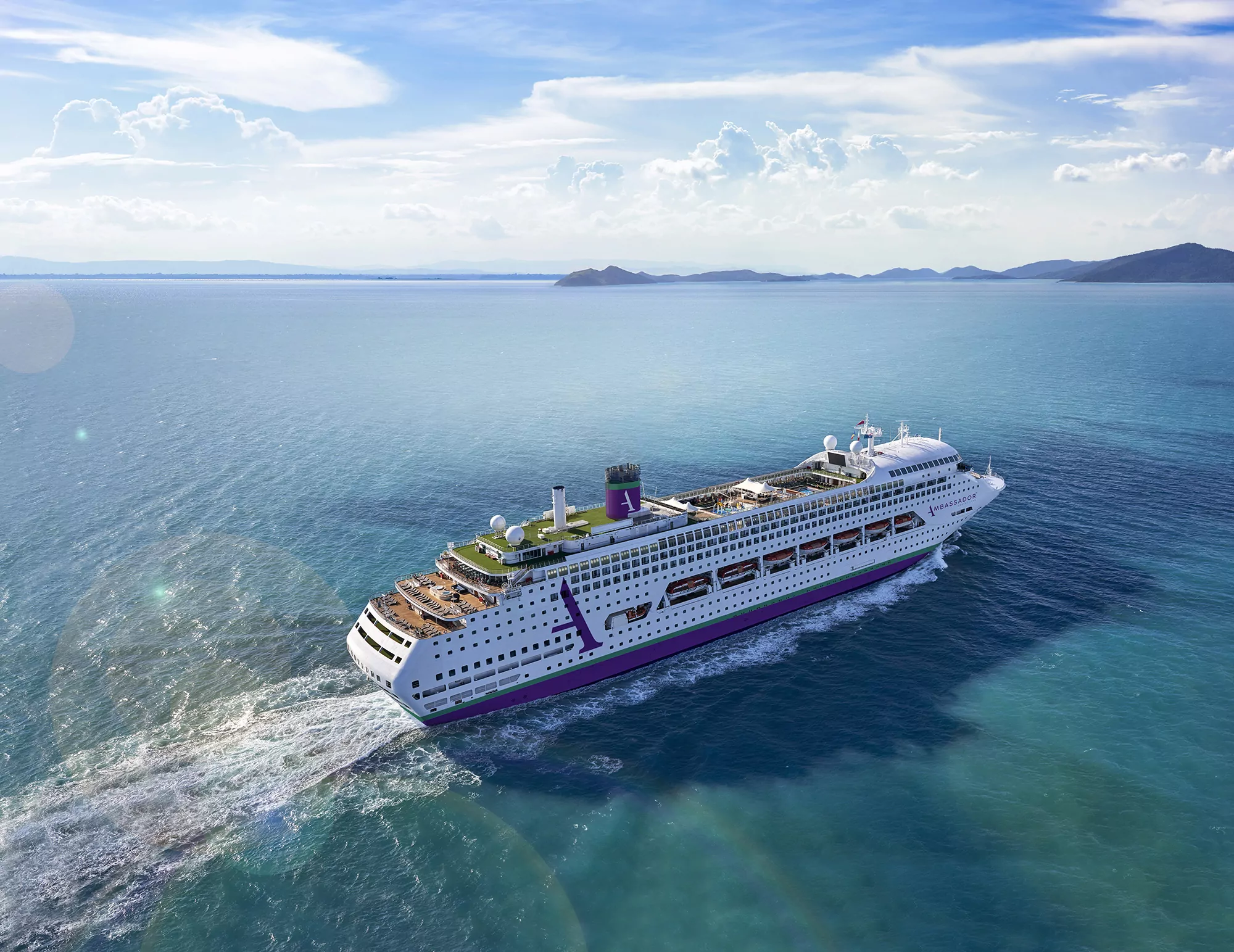The Ambassador Ambition: A Review of Its Icelandic Cruise
Norway is the first country that springs to mind when discussing fjords. However, Iceland has a lot as well. Both have a dramatic flair, albeit of different varieties. In this area, the tall, steep, and inaccessible mountains first appear as unremarkable, flat-top mega hills with flora lower down and grey scree above. The coastline is laced with winding roads, but there aren’t many other routes through the mountains.
The landscape is frequently reminiscent of a lunar landscape, with hills of grey slate mixed with craters, waterfalls, and bubbling geothermal springs. Mount Fagradalsfjall, located about an hour southwest of the capital city of Reykjavik, erupted just before our arrival.
Then there’s the local fauna to consider. Experts from the UK whale conservation organisation Orca lead deck watch groups on Ambassador Cruise Line trips and point out the best spots to search for whales.
The ship
The UK Ambassador Cruise Line’s second ship, Ambition, departs from ports like Liverpool, Newcastle, and Belfast for trips like this one to Iceland’s Land of Ice and Fire.
Two main restaurants and the Borough Market buffet serving roast turkey, fresh prawns, and curries await you on this classic ship with a modern facelift.
Farce, musicals (including a condensed version of My Fair Lady), rock singing and dance, and comedy (Liverpool native Pauline Daniels) are just some of the regular offerings at the Palladium. Opera director Jamie Hayes gave talks about the music industry and its history during the day. Topics included the Beatles and musical theater.

The whales
Abbi and Becci, both knowledgeable and entertaining, stand deck watch with binoculars ready every day for 11 days in all kinds of weather as part of Ambassador’s cooperation with Orca.
Their diary lists 171 marine animals of 10 species, including six varieties of whales (pilot, sperm, fin, humpback, minke, and northern bottlenose), three types of dolphins, and some porpoises.
Seydisfjordur
North-east of the map, in one of the few non-geothermal regions. The small settlement of 700 people can be found at the very end of a very long fjord. White, tufty cottongrass and fields of blue-white lupins, both of which thrive in poor conditions and were imported to stabilize thin top soil but are now colonizing the area, cover the mountains on either side.
Lonio, a fjord head resembling a lake, serves as the focal point of the town’s brightly painted timber buildings, most of which are coffee shops and businesses selling bulky, scary-priced jumpers. The Bdareyrarfoss waterfall cascades in several levels down a cliff and can be reached by a trail that requires some scrambling.
In the bright sunshine, I travel to the Skalanes reserve. After 45 minutes of winding around the fjord’s edge, the bus’s massive wheels are put to good use as the pavement gives way to dirt and three boulder-strewn streams.
It’s a mile walk through lupins from the tiny red visitor center, where Arctic terns (gorgeous with their black heads and swallow tails but fiercely protective of their territory) will dive-bomb you. As we turn the bend, we are greeted by a towering coastal cliff. Hundreds of kittiwakes and fulmars (which are similar to gulls) live there, and there is also a puffin colony in the area. Beautiful with oversized orange beaks, these birds lift off in what looks like a free fall before their disproportionately small wings take over.
Akureyri
The 40-mile Eyjafjördur harbor town features a few crowded shopping districts. I take a stroll up the hill to the modernist church from the 1940s, which sits atop its own set of 100 imposing steps; from there, I continue on to the Botanical Garden, a free refuge of trees, lawns, and, if I time it right, a stunning collection of the big, blue Himalayan poppies that are notoriously difficult to cultivate in a home environment.
During my tour, I pass by fields of bumpy lava rock, formed by heat and water pushing up through tiny fissures, and I get to soak in one of Iceland’s famous geothermal pools. Open-air baths at GeoSea near Hsavk’s harbor range in temperature from comfortable to practically hot enough to boil an egg. Even if I don’t spot any whales, I still like lying in the sand and staring at the ocean.
Godafoss is a large, ferocious waterfall on the swiftly moving Skjálfandafljót river, and it is often considered to be one of Iceland’s most beautiful waterfalls.
Isafjordur
The Westfjords are home to the capital of the most rural part of Iceland and its 3,000 residents. Skutulsfjördur is a minor fjord off the larger Isafjördur, which is surrounded by water on all sides and is dominated by a ridge of snow-capped mountains.
Marked paths may be found along the streets and up onto the low slopes of the mountain, which curves like a roller coaster. There are also bars, coffee shops, a few shops, and even a supermarket. To get to Vigur Island, which is farther out in the main bay, I hop on a boat. At this single-family farm (complete with café and souvenir shop), I visit the country’s oldest windmill, which looks like a garden hut with sails, as well as the country’s oldest verified seaworthy boat, which dates back at least 200 years.
However, this is a bird sanctuary. The eider ducks are the first thing we see; this farm is a key source of eiderdown. Then there are the puffins, perched on rocks and bobbing in the ocean; the largest colony in the country numbers around 100,000. Then there were the rare black guillemots, which were especially striking due to their glossy black feathers, white wing markings, and bright red feet. Then hundreds of Arctic terns swarm the sky; we are given flag sticks and told to hold them aloft near to scare them off. Guillemots nesting (and fertilizing) under the leafy canopy make this an ideal location for growing rhubarb, so be sure to stop for some before you leave. Then, in the distance, we see a humpback whale.

Reykjavik
The capital of Iceland is a stylish mix of traditional wooden architecture and modern architecture. The glass performance hall Harpa dominates the waterfront.
Hallgrimskirkja, Iceland’s largest church, dates only from 1986; it is made of concrete and is colossal in size; the interior is bare except for a massive organ that is a work of art in itself. It’s not the tiny cathedral; I discovered it back towards Harpa, nestled away by the old parliament building. I keep going until I reach the ancient harbor, where the once-industrial warehouses have been converted into stores and eateries. In front of the Maritime Museum, visitors can see a couple of restored ships.
Mount Fagradalsfjall’s volcanic plumes have become a big tourist draw after the volcano erupted three times in two years. We walk three miles through a surreal panorama of lava fields, black sand beaches, and alien hills to reach the locked vehicle park and police presence for volcanic tourists.





